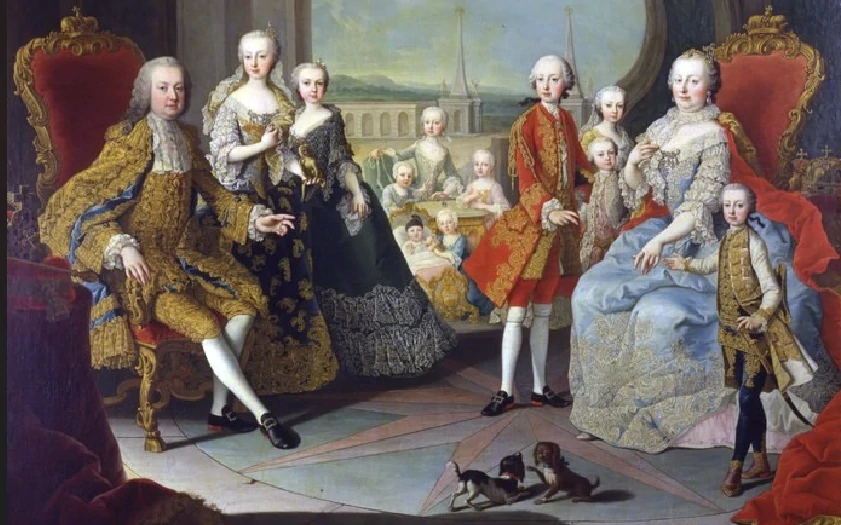How did the Gugelhupf get its name? So where was it really invented? And what does the apple strudel have to do with the Orient? Since its foundation in 1786, the imperial and royal court confectioner Demel has been spoiling connoisseurs from all over the world with the finest sweets and desserts. Two unusual specialties, Gugelhupf and apple strudel, are part of the confectioners’ repertoire. Firstly, the Gugelhupf: the ingredients of this dessert are not complicated. The dough is made from flour, eggs, butter and raisins. Sometimes yeast is also added. The term “Gugel” is used to express the word “hood”. In Germany, this sweet temptation is called “Napfkuchen” . Pre-forms of this dish were already known in the time of the ancient Romans. During excavations, cake molds were found that are similar to the current shape of the containers in which this cake is prepared. The original Viennese Gugelhupf is a light and very digestible dish. A much more flavorful type of this treat is called chocolate gugelhupf. A legend says that the Magi brought it to Alsace from the Orient and the French are still convinced that the Gugelhupf originated in France, more precisely in Ribeauvillé, where an annual Gugelhupf festival is held to this day. According to another legend, the Archduchess of Austria and later Queen Marie-Antoinette took him to the French court in Versailles. If you prefer it fruitier, the famous Viennese apple strudel certainly tastes better. However, the delicacy comes from the Orient. The history of the strudel, which is related to the Turkish dish “baklava”, makes for fascinating reading. In the Orient, more precisely in the Arab region, one assumes today the “cradle” of this food in its many variations, which has long since become native to many European countries. In the middle of the 15th century, the Ottomans conquered Byzantium and it was during this era that the “strudel” and the pastry shell filled with apples and raisins are said to have found their way to Europe. Time Travel Tip: You can try all Viennese desserts in the approximately 2,000 cafés in Vienna. Right near Time Travel you will find the Demel, Café Central, Café Sacher, Café Bräunerhof to name a few. The Viennese coffee house chain Aida is also worth a visit and an institution in pink
Image source:
https://pixabay.com/de/photos/gugelhupf-kuchen-276784/



